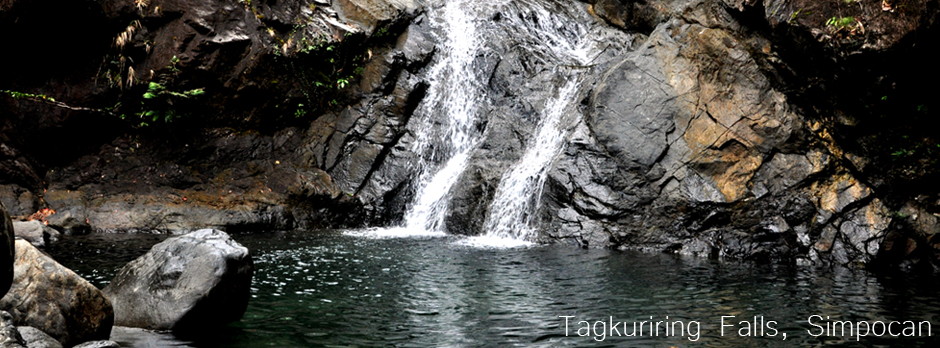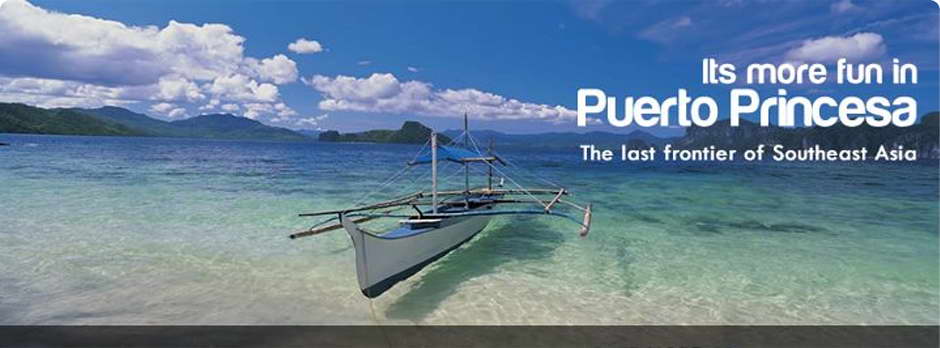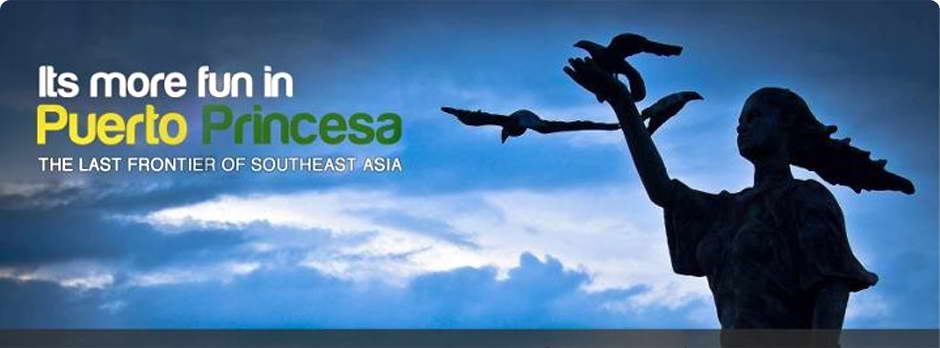CLICK HERE! For Electronic Services and Online Payment

The Marine Survey Team of the ECAN Zoning Project adopted an interview survey technique in its study of marine mammals and sea turtles in Puerto Princesa. A total of three hundred eight (308) key informant interviews with fishers were conducted on April 2005 in 28 coastal barangays surrounding Puerto Princesa Bay, Ulugan Bay and the West Coast, and Honda Bay. The interviews were supplemented by a two-day opportunistic boat survey to verify the presence of species reported in the interview. The difficulty of actually seeing the presence of Dugong, sea turtles, dolphins and whales in the coastal waters of Puerto Princesa given the limited time and resources of the project resorted to the employment of the survey interview technique.
Dugong
Dugong individuals were sighted by the respondents to be feeding the coastal waters of Langogan, San Rafael, and Babuyan in Honda Bay; Bancao-bancao, Mangingisda, and Kamuning in Puerto Bay; Napsan in the West Coast; and Tagabinet in Ulugan Bay. Animal sightings often occurred in November in Ulugan bay and the west coast and from November to April in Puerto Princesa bay and Honda bay. Dugongs were usually seen during the early mornings before 10:00 o’clock. They were commonly spotted singly but sometimes in groups of three to five particularly in Honda and Puerto Princesa bays.
Turtles
Turtle species common to Puerto Princesa are the Hawksbill turtle, Green turtle, and the Olive Ridley. Based on the respondents’ account and aided by photographs, the commonly sighted turtle species in the areas surveyed was the hawksbill turtle (Eretmochelys imbricata) imbricata) particularly in Barangays Mangingisda and Bancao-Bancao in Puerto Bay; and, Bagong Bayan and New Panggangan in the west coast.
The green turtle (Chelonia mydas) was frequently seen in Nagtabon and Langogan, while the olive ridley (Lepidochelys olivacea) was reported to occur in Salvacion and Tagabinet.
The turtles were seen to be mating, eating seaweeds, and resting in reef crevices in Puerto Princesa Bay and Ulugan Bay. Turtles are seen everyday at anytime of the day. They are usually spotted during the month of April, November and December when they come to the beach areas to nest.
The nesting sites of sea turtles were reported to be located Marufinas, Nagtabon, Kamuning, and Rita Island. Female turtles, possibly hawksbill and green turtles, usually come to shore to nest during the months of April, November, and December.
During the month of November, turtles were reported to nest in Kamuning in Puerto Bay; in December, they were observed to nest in Snake Island in Honda Bay; Napsan, Simpocan, and Nagtabon in the West Coast; and, New Panggangan in the Ulugan Bay area; and in April, they nest in the West Coast and Ulugan Bay area particularly in Nagtabon and Marufinas.
Cetaceans
Two types of dolphins are usually sighted in the coastal waters of Puerto Princesa. The bottlenose dolphins were observed swimming in the shallow waters of Babuyan’s marine sanctuary while the spinner dolphins were sighted by the Marine Survey Team of the ECAN Zoning Project in the coastal waters of Binduyan, just 500 meters from the shoreline.
Dolphin sightings were highest during April as reported by the respondents. The respondents also reported that Dolphins were sighted everyday at anytime particularly in Honda Bay and offshore Puerto Princesa Bay. In Honda Bay, dolphins were observed to feed on squid. In the West Coast, dolphins were commonly sighted in the early mornings, before ten o’clock. They are usually seen feeding on shrimps.
Sightings of whales were rare and limited in all the areas surveyed. When seen, they are usually found in the deeper parts of the sea and were usually seen in the early mornings before ten o’clock. Whales were observed to be logging, feeding on shrimps, swimming, and surfacing for air when they sighted by the respondents.
Whale blows reaching 2-4 meters high were seen by the respondents in Puerto Princesa Bay, particularly in the offshore waters of Mangingisda and Pagkakaisa. The respondents reported the same experience from Napsan in the West Coast, and in San Rafael in Honda Bay. Highest sighting occurrences for whales in offshore Puerto Princesa Bay, and the West Coast respectively were in April and November.
Puerto Princesa is a potential destination for dolphin watching because of the regularity of their appearance in the east coast particularly Honda bay. Similarly, whale watching can be a potential tourist attraction in the offshore waters of the east coast adjacent to Puerto Princesa and Honda bays. Figure II.8 shows the locations where whales were sighted.
Featured Articles |
USAID/SURGE Project |































